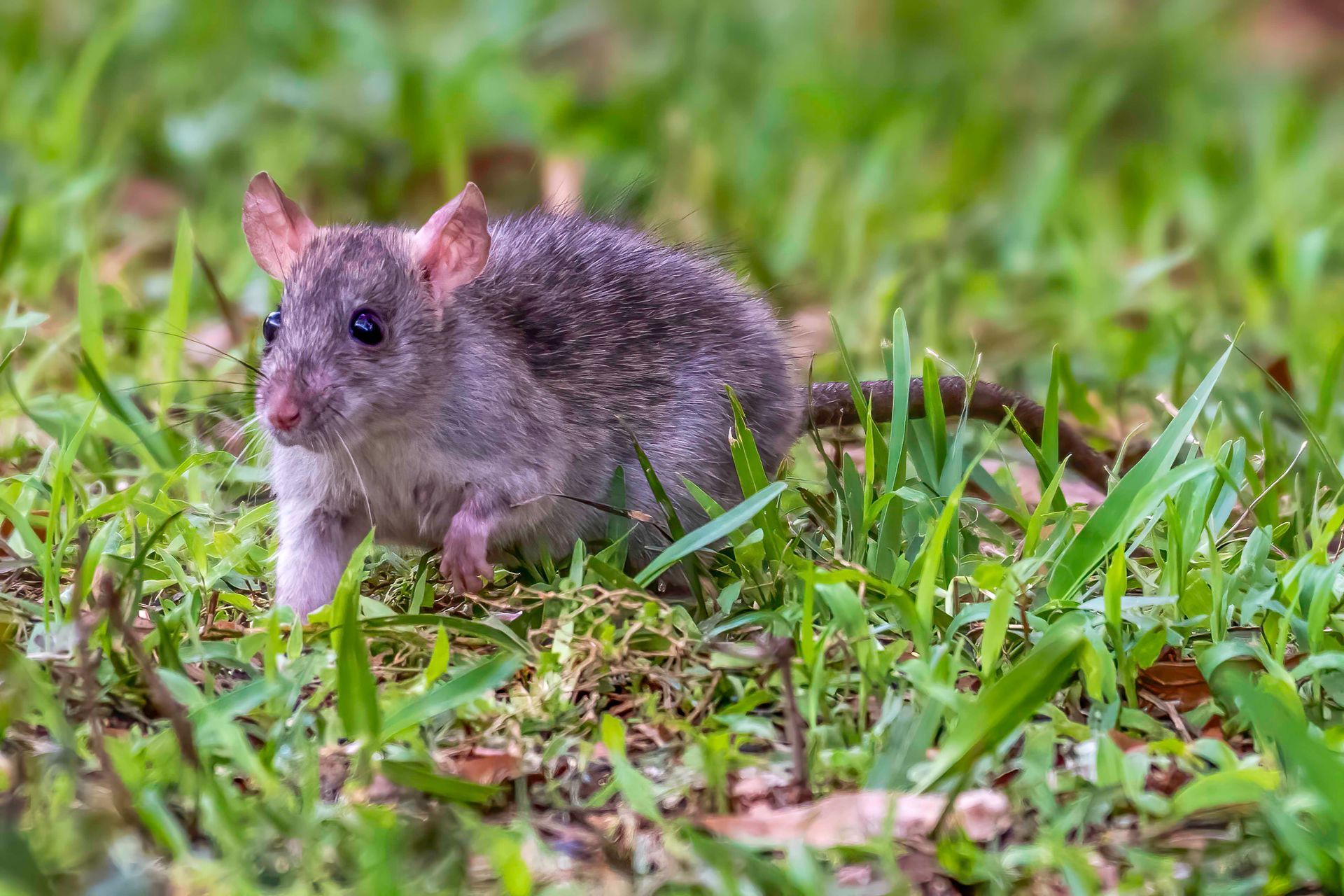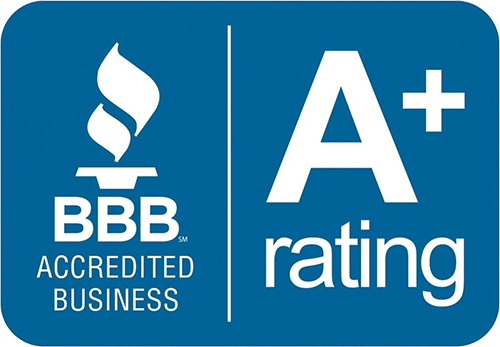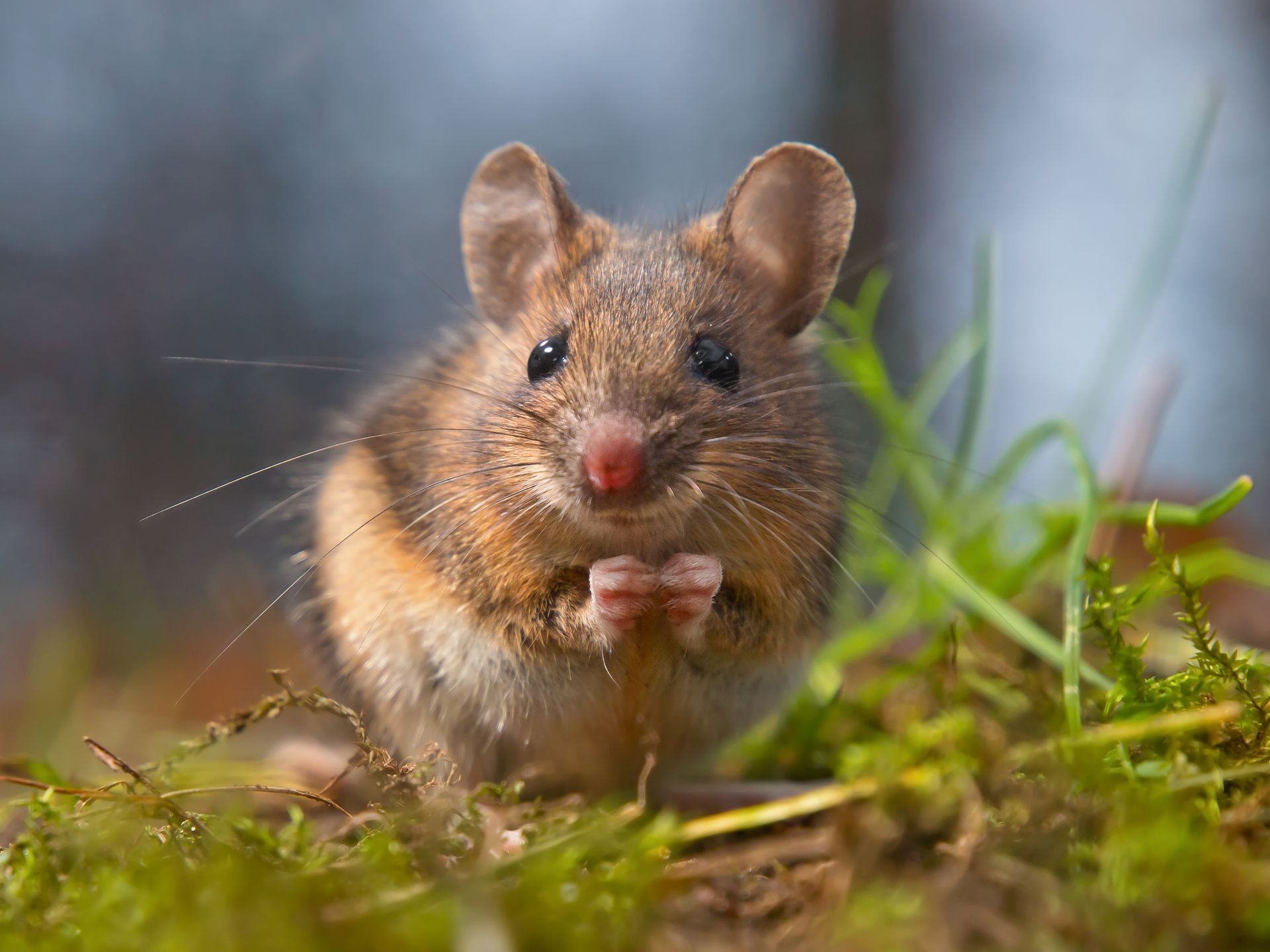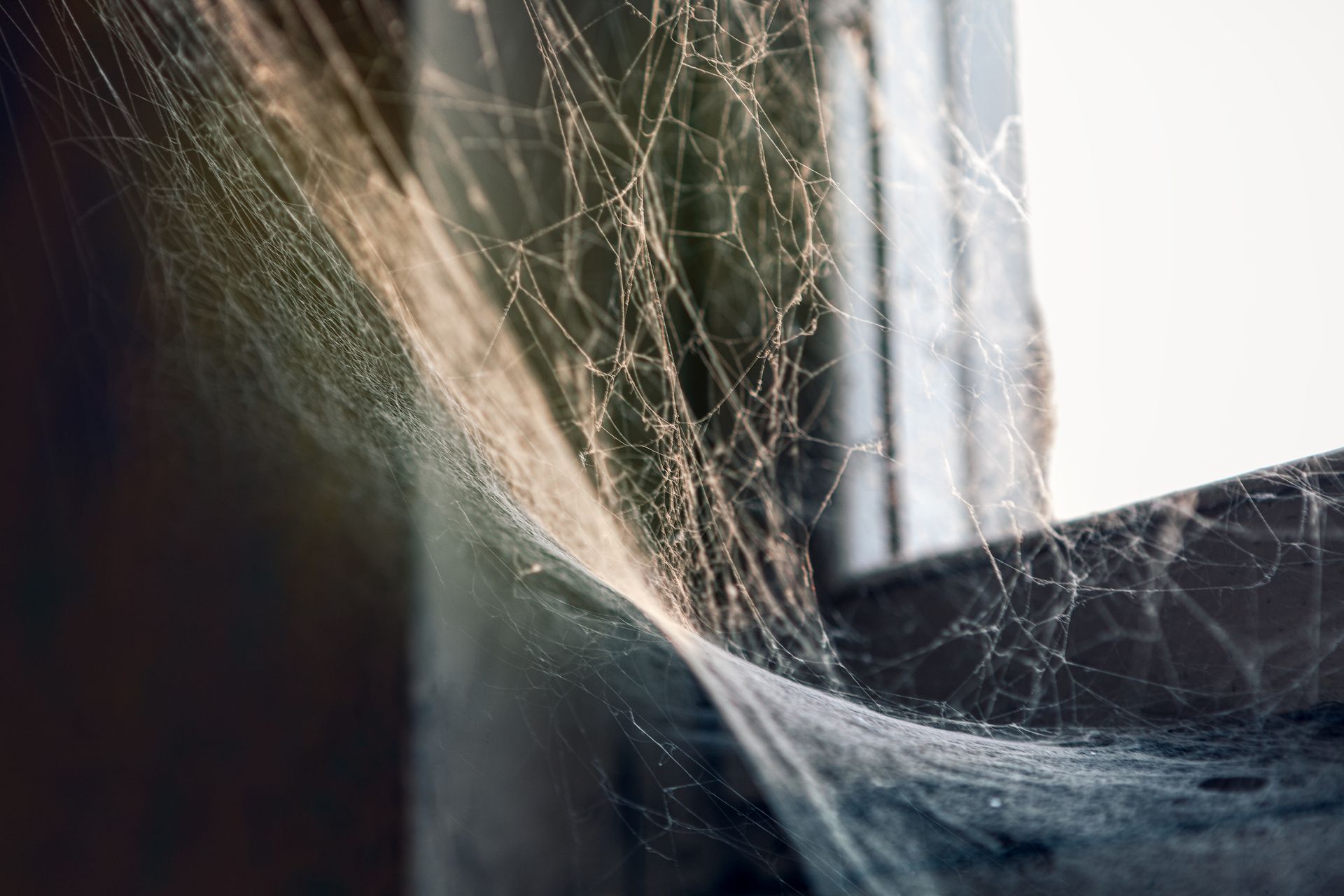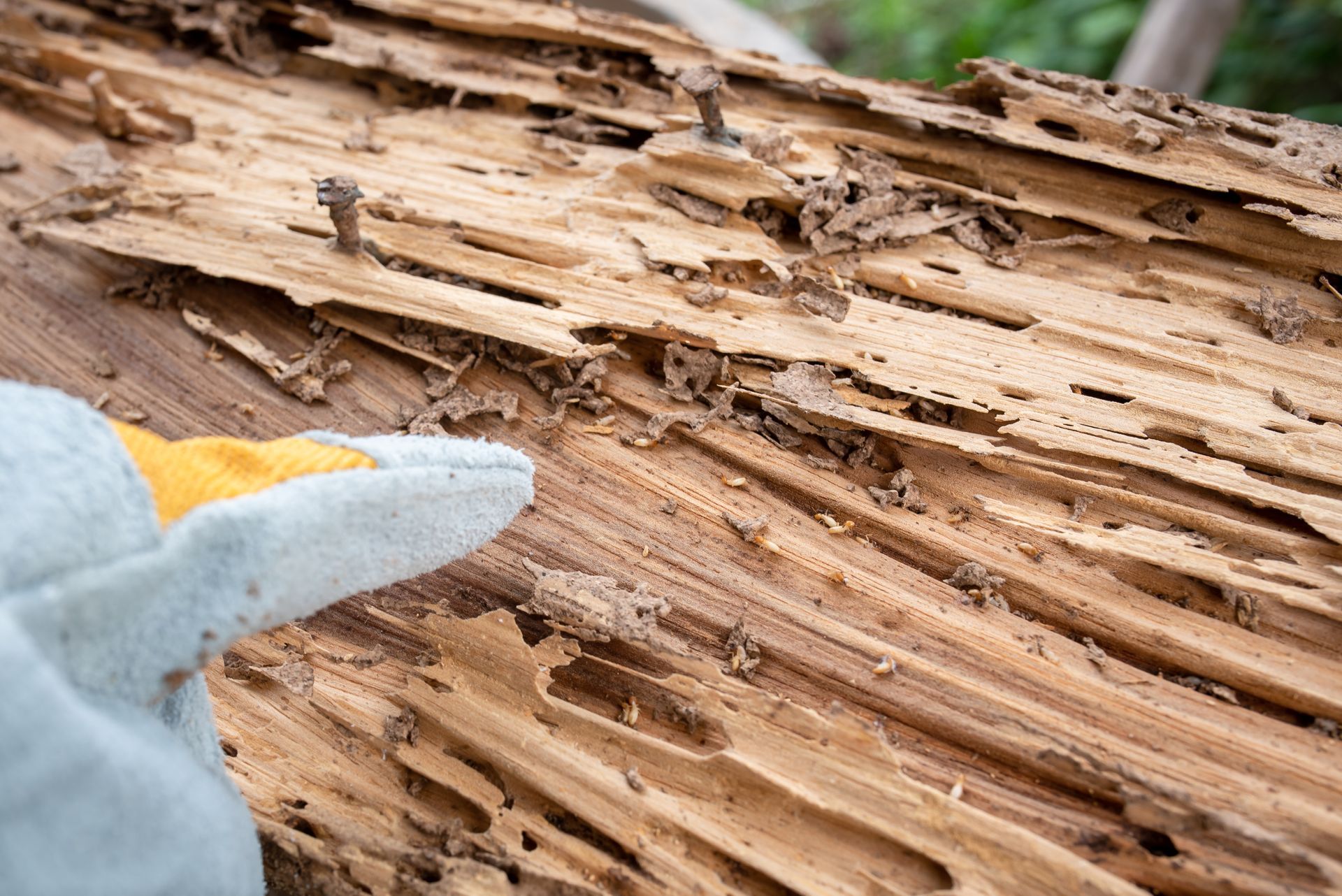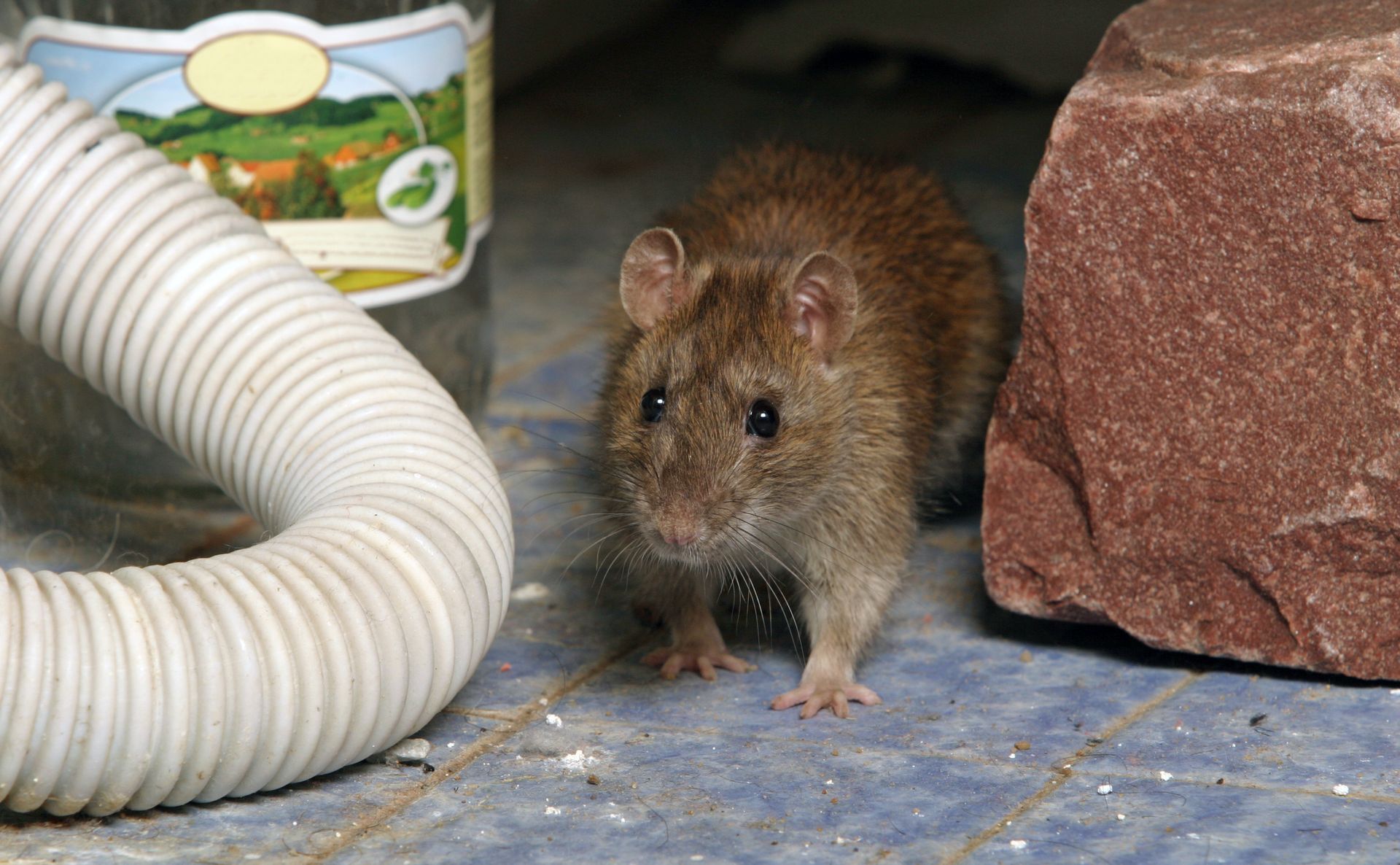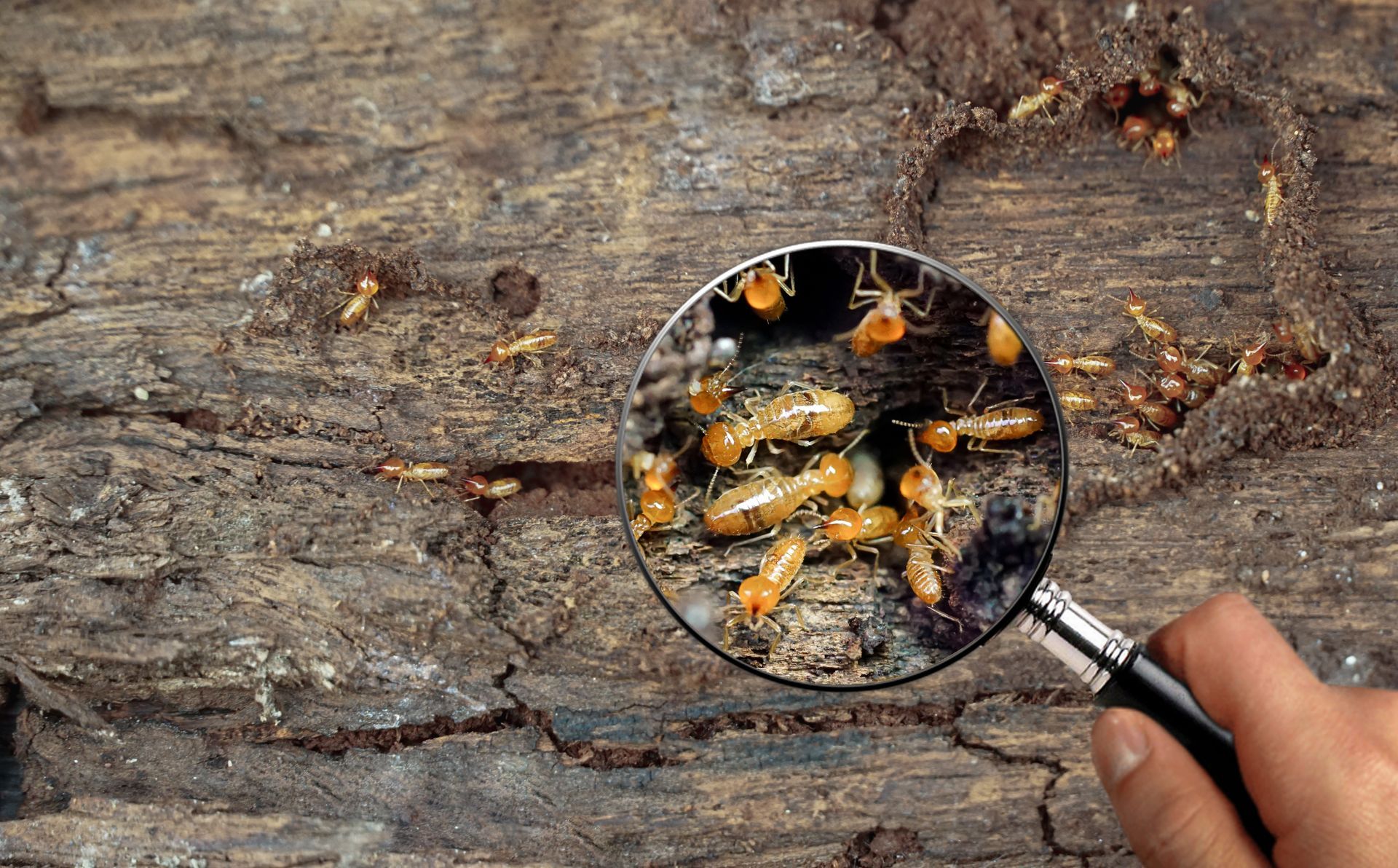The Most Common Pantry Pests in Charlotte, North Carolina—and How to Keep Them Out
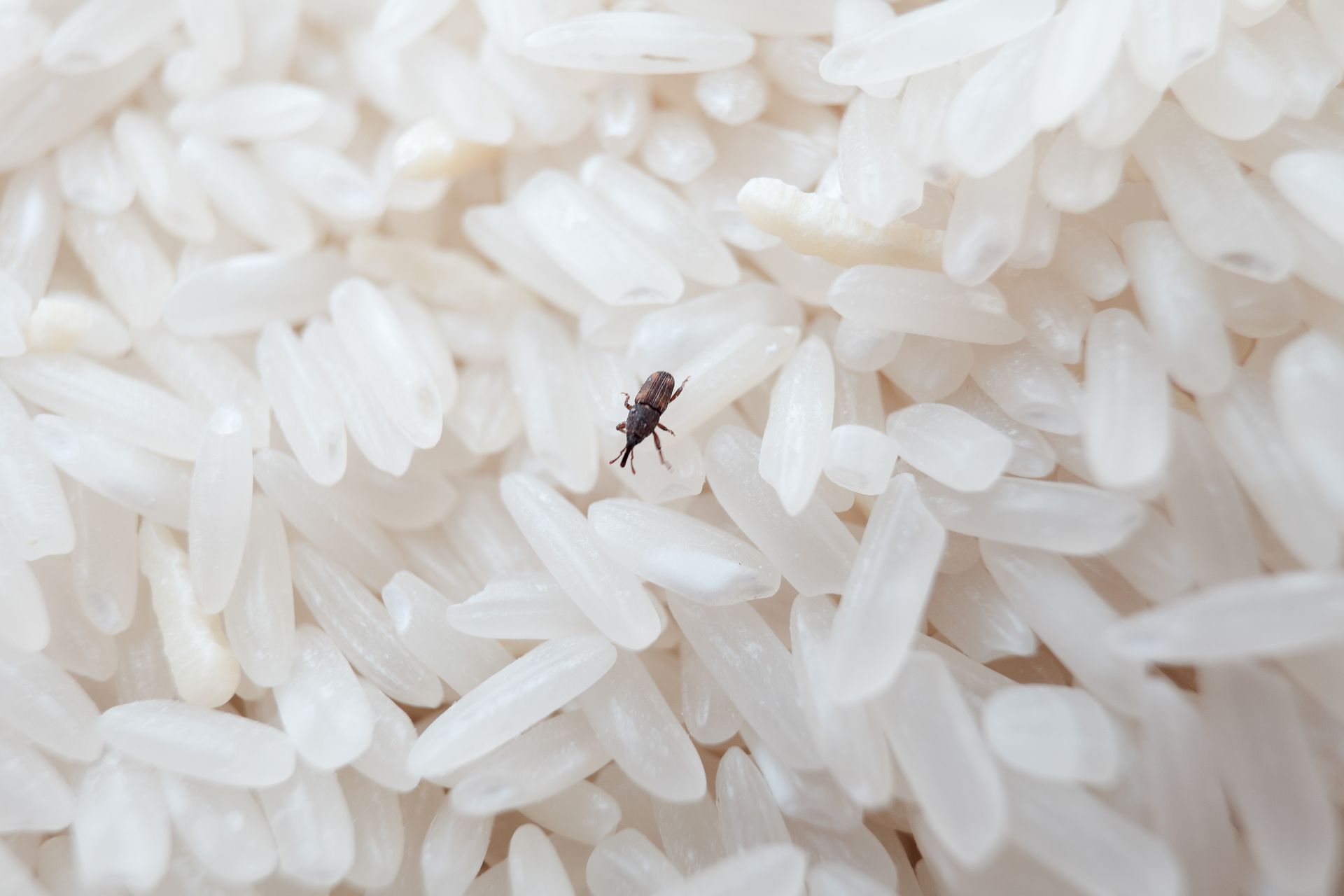
Pantry pests are a frustrating and often hidden nuisance for homeowners across Charlotte, North Carolina. These tiny invaders sneak into your dry goods, contaminate food, and multiply rapidly making them a persistent problem if not addressed quickly. At Killo Exterminating, we understand how disruptive pantry pests can be. That is why we have put together this detailed guide to help you identify the most common pantry pests in the region and how to keep them out for good.
Why Pantry Pests Are a Problem in Charlotte
While pantry pests do not typically pose serious health risks, they contaminate food, resulting in waste and unnecessary expenses. Some pests can even trigger allergic reactions or asthma in sensitive individuals. Prevention and early intervention are key.
Top Pantry Pests in Charlotte, NC
Let us take a closer look at the usual suspects.
1. Indian Meal Moths
What They Look Like:
Indian meal moths are small (about ½ inch) with reddish-brown wings that have a coppery sheen. You will usually spot them flying in erratic patterns near your pantry light or ceiling.
What They Eat:
Cereal, rice, flour, pasta, dried fruit, pet food, nuts, and even chocolate.
Signs of Infestation:
- Tiny moths flying around your kitchen
- Webbing or clumping inside food packages
- Larvae crawling on pantry shelves
2. Weevils
What They Look Like:
Weevils are small beetles, usually 1/8 inch long, with a distinct snout-like mouth. There are many species including the rice weevil and the granary weevil.
What They Eat:
Whole grains like rice, oats, barley, and corn.
Signs of Infestation:
- Live beetles crawling in grain or inside food containers
- Tiny holes in grain kernels
- Dusty residue in the packaging
Why They are Common in Charlotte:
Weevils often come in through already-infested bulk grains or flour from grocery stores. Humidity accelerates their life cycle.
3. Sawtoothed Grain Beetles
What They Look Like:
Flat, narrow brown beetles about 1/10 inch long, with saw-like ridges along the thorax.
What They Eat:
Cereal, pasta, dried fruit, tobacco, candy, and pet food.
Signs of Infestation:
- Beetles visible on pantry shelves or in packaging
- Food clumps due to moisture and beetle presence
- Unusual odor in contaminated products
4. Cigarette Beetles and Drugstore Beetles
What They Look Like:
Tiny reddish-brown beetles, oval-shaped and about 1/8 inch long.
What They Eat:
Spices, dried herbs, tobacco, paper, leather, and even books.
Signs of Infestation:
- Beetles found in spice jars or dry herbs
- Larvae inside food items
- Damage to packaging materials
5. Flour Beetles
What They Look Like:
Shiny reddish-brown beetles, about 1/8 inch long. Common types are the red flour beetle and the confused flour beetle.
What They Eat:
Flour, cereals, cake mix, crackers, powdered milk.
Signs of Infestation:
- Clumpy, discolored flour
- Beetles crawling inside sealed packages
- Unpleasant odor from infested food
How Pantry Pests Get In
Pantry pests often enter homes through:
- Contaminated grocery products – especially bulk foods or items stored for long periods
- Open or unsealed packaging
- Lack of regular cleaning – food crumbs and spills are ideal breeding sites
It is not always about a dirty kitchen many infestations come from perfectly clean homes. That is why preventive action is crucial.
How to Keep Pantry Pests Out of Your Charlotte Home
1. Inspect Groceries Before Storing
When returning from the store, especially after buying bulk grains or spices, check for holes in packaging, unusual odors, or signs of movement. Store new items away from existing pantry goods until you are sure they are pest-free.
2. Use Airtight Containers
Store dry goods in glass, metal, or thick plastic containers with tight-fitting lids. Avoid leaving products in original packaging, especially cardboard or thin plastic bags, which pests can chew through.
3. Regularly Clean Pantry Shelves
Wipe down pantry shelves every few weeks using a mild cleaning solution. Remove any spilled food, crumbs, or expired items. Do not forget the back corners where pests tend to hide.
4. Freeze Bulk Grains Before Storing
Freezing will work if the cold is able to penetrate all areas of the package. The larger the package the longer it will take to be successful as long as the cold can get to all contents.
5. Call a Professional When Needed
If the infestation is beyond your control, it is time to bring in the pros. At Killo Exterminating, we offer targeted pantry pest treatments that eliminate existing infestations
Why Choose Killo for Pantry Pest Control in Charlotte?
Killo has been protecting Charlotte-area homes from pests since 1939. Our local knowledge and cutting-edge pest control techniques ensure your pantry stays pest-free, long-term. Whether you are dealing with Indian meal moths or flour beetles, we offer safe, family-friendly solutions tailored to your home.
- Locally owned and operated
- Over 85 years of experience
- Satisfaction guaranteed
